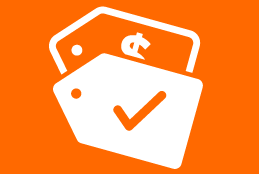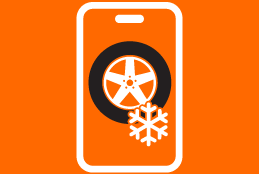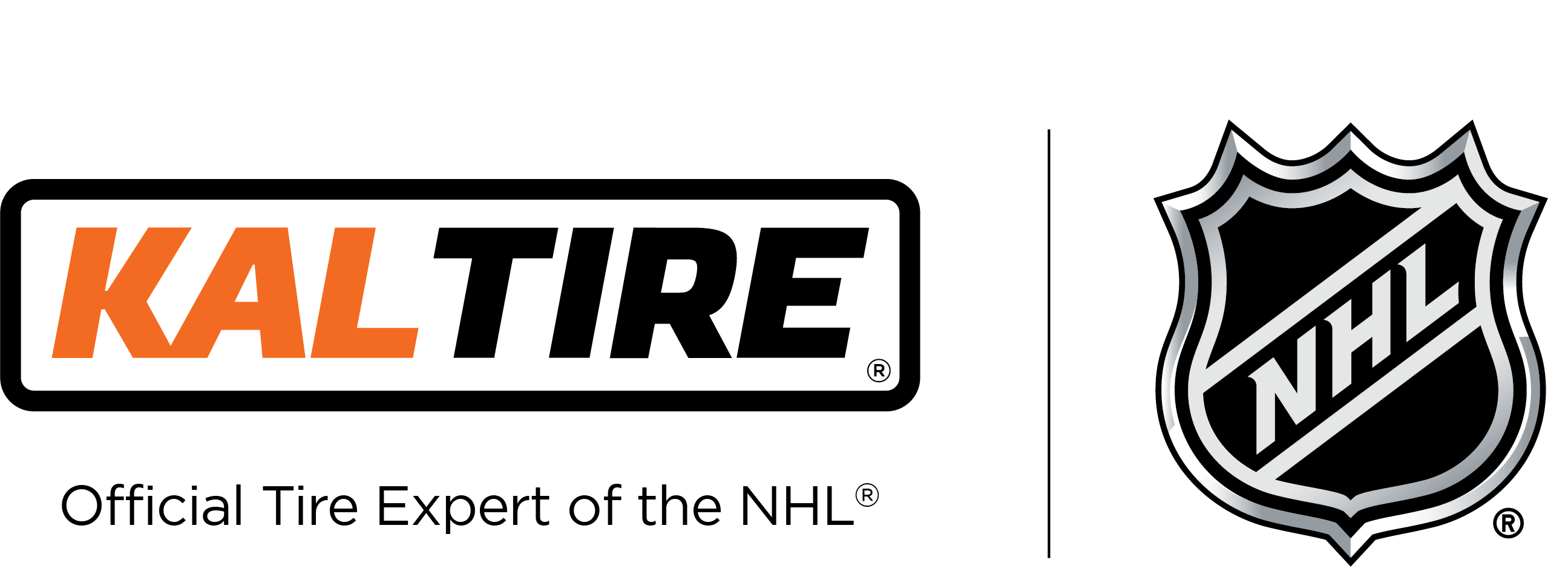Vernon, BC - Monday, September 16, 2013
A tire’s number one enemy isn’t road hazards; it’s under-inflation. Most drivers know low tire pressure can lead to skidding, hydroplaning and blow outs, even losing control of a vehicle. Yet most people aren’t aware of a tire pressure monitoring system (TPMS) in their vehicle and they don’t recognize the low tire pressure light that could save their life.
“Ideally, everyone would check their tire pressure monthly, long before it’s ever under-inflated by 25 per cent, because at that point, you could be in danger”
According to Transport Canada, a recent study indicated that about 50% of the vehicles on the road in Canada have at least one tire that is either over or under-inflated by more than 10%. In fact, 10% of all vehicles surveyed had at least one tire underinflated by 20%. This represents a real safety issue. Canada Safety Council states that under-inflation is the leading cause of tire failure. In the U.S., the National Highway Transportation Safety Administration estimates 660 people per year are killed as a result of under-inflated tires.
Low tire pressure has a big impact on road safety. Since you can’t always tell if a tire’s pressure is low just by looking at it, tire pressure monitoring systems were created to warn drivers when this happens. The symbol, which illuminates on the dashboard, appears like a treaded horseshoe surrounding an exclamation mark.
“TPMS is such an important safety feature, but we’re finding a lot of drivers don’t know what TPMS is and there is skepticism about its value,” says Carey Hull, director of retail products, Kal Tire. “Just like seatbelts and air bags, TPMS can save lives. We want to help Canadians understand TPMS, what the warning light looks like and what to do when they see the symbol light up on their dashboard.”
A tire loses its ability to manage the vehicle’s weight when pressure drops as little as five per cent. As a result, steering, braking and suspension can suffer. If the TPMS senses your tire is under-inflated by 25 per cent or more below the vehicle manufacturer’s recommended air pressure, the TPMS symbol illuminates on your dashboard. This is a warning to pull over and check your tire pressure. Once checked, if the tires all appear normal, proceed with caution to a tire service centre to have them properly inspected.
“Ideally, everyone would check their tire pressure monthly, long before it’s ever under-inflated by 25 per cent, because at that point, you could be in danger,” says Hull. “Ideally drivers would never see the TPMS symbol illuminate on their dashboard, but if they do, we want them to be able to respond appropriately.”
Starting in 2007, TPMS became a legislated feature on all passenger vehicles sold in the United States, the first country to mandate TPMS. Today, nearly 70 per cent of new vehicles sold in Canada are TPMS-equipped, but the feature isn’t mandated here.
Schrader International, the leading supplier of TPMS sensors, valves, tools and training, predicts that over the next decade, TPMS will be a standard safety feature on all vehicles globally.
“Initially, there was a lot of skepticism from people in the US as well,” says Trevor Potter, vice president sales and marketing, North America, Schrader International. “Drivers didn’t yet understand the value of having a system that automatically detects low tire pressure, but that’s changed in the last few years. In the US, more and more people know what it is now, and they appreciate it.”
We are approaching a busy season for winter tire changeovers. Consumers should be aware of what needs to be done to the TPMS in their vehicle when changing tires. If a new set of wheels are being purchased with new tires, new TPMS sensors may need to also be purchased and the system will need to be reset. If a set of tires are being installed on existing rims, then TPMS service will be required.
The extra service fee charged to ensure the system is working on new tires sometimes confuses and upsets Canadians who haven’t heard of TPMS, says Hull. “There is a sense of frustration from people when they come into the store and they have to have TPMS work done, but once we explain what it is and that it could prevent tire failure, people are more accepting.”
When new vehicles first started entering Canada with TPMS installed, Kal Tire chose to embrace the technology and the safety it gives drivers. All Kal Tire technicians are fully trained in TPMS procedures and are equipped with the latest diagnostic tools in order to ensure the TPMS is working properly.
Maintaining the TPMS in a vehicle may cost a few extra dollars, but it will also save money. Tires that wear evenly last longer. Some tire manufacturers advise that just five PSI below placard pressure could lessen a tire’s life by as much as 25 per cent. Proper tire inflation also provides better fuel economy, saving money at the pump. Most importantly, maintaining the TPMS in a vehicle can save lives.
About Kal Tire
Kal Tire is Canada’s largest independent tire dealer and North America’s largest commercial tire dealer. Kal Tire Mining Tire Group is a global leader in mining tire service and supply, operating on more than 150 mine sites in 19 countries across five continents. The company has four warehouse facilities strategically located across Canada and a dedicated fleet of 48 tractors and 350 trailers. As the largest truck tire retreader in Canada, Kal Tire owns and operates 10 Bandag retread facilities plus an additional four OTR retreading facilities are located in Canada, the United Kingdom and Ghana, West Africa. For more information, please visit www.kaltire.com.
http://link.brightcove.com/services/player/bcpid72857933001?bctid=2670929707001




